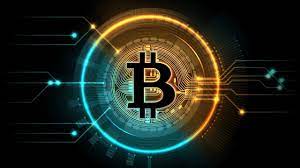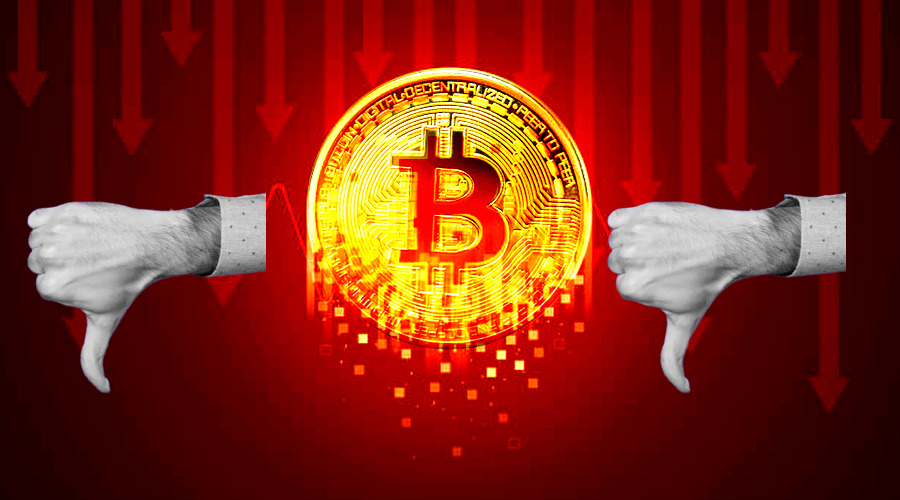HIGH BITCOIN MINING FEES FROM BRC-20 AND ORDINALS LEAD TO CONTROVERSY AND CHALLENGES
Hign bitcoin mining fees the pioneer of digital currencies, has seen its fair share of ups and downs since its inception.

The world of cryptocurrency has always been a realm of rapid change and innovation. Bitcoin, the pioneer of digital currencies, has seen its fair share of ups and downs since its inception.
One persistent issue that continues to create controversy and challenges within the Bitcoin community is the high transaction fees associated with BRC-20 tokens and the implementation of ordinals.
In this blog post, we will delve into the reasons behind these high fees, the impact they have on the crypto space, and the challenges they present to users and developers.
Understanding BRC-20 Tokens
Before we can discuss the issue of high fees, it's essential to understand what BRC-20 tokens are and their significance in the world of cryptocurrency mining machine. BRC-20 tokens are a type of digital asset that run on the Bitcoin blockchain. They are primarily used to represent assets and enable smart contracts on the Bitcoin network.
The BRC-20 standard was introduced to allow the creation of custom tokens within the Bitcoin ecosystem, similar to Ethereum's ERC-20 tokens. These tokens have gained immense popularity due to their ability to represent a wide range of assets, from stablecoins like USDT to unique digital collectibles.
The High Transaction Fees Dilemma
One of the biggest challenges facing BRC-20 tokens is the issue of high transaction fees. Bitcoin has been grappling with scalability issues for years, and the surge in popularity of BRC-20 tokens has only exacerbated the problem. The transaction fees on the Bitcoin network are determined by supply and demand, and as more users interact with BRC-20 tokens, the fees tend to rise significantly.
The primary reasons behind high BRC-20 transaction fees include:
- Increased Network Congestion: When many users transact with BRC-20 tokens simultaneously, the Bitcoin network experiences congestion. This congestion leads to longer confirmation times and higher fees, as users compete to have their transactions included in the next block.
- Limited Block Space: Bitcoin has a limited block size, meaning there is only a finite amount of space available for transactions in each block. As a result, users bidding higher fees are prioritized, leaving those with lower fees to wait longer for their transactions to be confirmed.
- Ordinals and Data Overhead: BRC-20 tokens often require additional data to be stored on the Bitcoin blockchain, especially when new tokens are created. This data overhead contributes to larger transaction sizes, increasing the fees required for processing.
Impact on Users
High Bitcoin transaction fees have a significant impact on users, especially those who engage with BRC-20 tokens frequently. Some of the notable consequences include:
- Reduced Accessibility: High fees make it cost-prohibitive for some users to interact with BRC-20 tokens, limiting accessibility to these assets and hindering their adoption.
- Delayed Transactions: Users often experience delays in their transactions as they wait for miners to prioritize lower-fee transactions. This delay can be frustrating, especially in time-sensitive situations.
- Increased Costs: High fees can significantly increase the cost of using BRC-20 tokens, cutting into users' profits and making certain activities, such as small-scale trading or microtransactions, less economically viable.
- Reliance on Layer 2 Solutions: Some users resort to Layer 2 scaling solutions like the Lightning Network to mitigate high fees. While these solutions can provide relief, they require users to adapt to new technologies and may not be as user-friendly as on-chain transactions.
Challenges for Developers
Developers working on BRC-20 tokens and related projects face their own set of challenges due to high fees:
- Code Optimization: Developers must continually optimize their smart contracts and code to reduce data overhead and minimize transaction fees for users.
- Balancing Security and Cost: Striking a balance between security and cost-effectiveness is crucial. Reducing fees can sometimes compromise the security of the token or its smart contracts.
- User Experience: High fees can result in a poor user experience, causing frustration and driving users away from BRC-20 tokens. Developers must find ways to make the experience smoother.
Solutions and Mitigations
Addressing the issue of high transaction fees associated with BRC-20 tokens requires a multi-faceted approach. Some potential solutions and mitigations include:
- Layer 2 Scaling: As mentioned earlier, Layer 2 solutions like the Lightning Network can significantly reduce fees and improve transaction speeds. Promoting the adoption of these solutions can alleviate congestion on the Bitcoin network.
- Segregated Witness (SegWit): Promoting the use of SegWit addresses can help reduce transaction sizes, resulting in lower fees for BRC-20 token users.
- Batch Transactions: Developers can batch multiple transactions together, reducing the overall cost for users and minimizing blockchain congestion.
- Fee Predictors: Implementing fee prediction tools can help users estimate the appropriate fee to ensure timely confirmation of their transactions without overpaying.
- Improved User Interfaces: Creating more user-friendly interfaces that educate users on optimizing fees can empower them to make informed decisions about their transactions.
High Bitcoin transaction fees associated with BRC-20 tokens and the implementation of ordinals have indeed stirred controversy and challenges within the cryptocurrency mining community. These challenges impact both users and developers, making it essential to explore and implement solutions to mitigate these issues.
As the crypto space continues to evolve, it is crucial for stakeholders to work together to address the challenges posed by high fees, ensuring that Bitcoin and its associated technologies remain accessible and efficient for all.
By embracing innovations such as Layer 2 scaling solutions and optimizing code, the cryptocoin mining rig community can pave the way for a more scalable and user-friendly future for BRC-20 tokens on the Bitcoin blockchain.
What's Your Reaction?
















